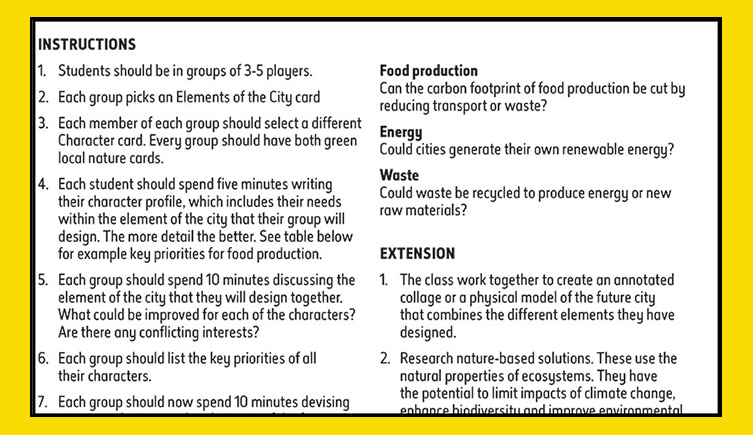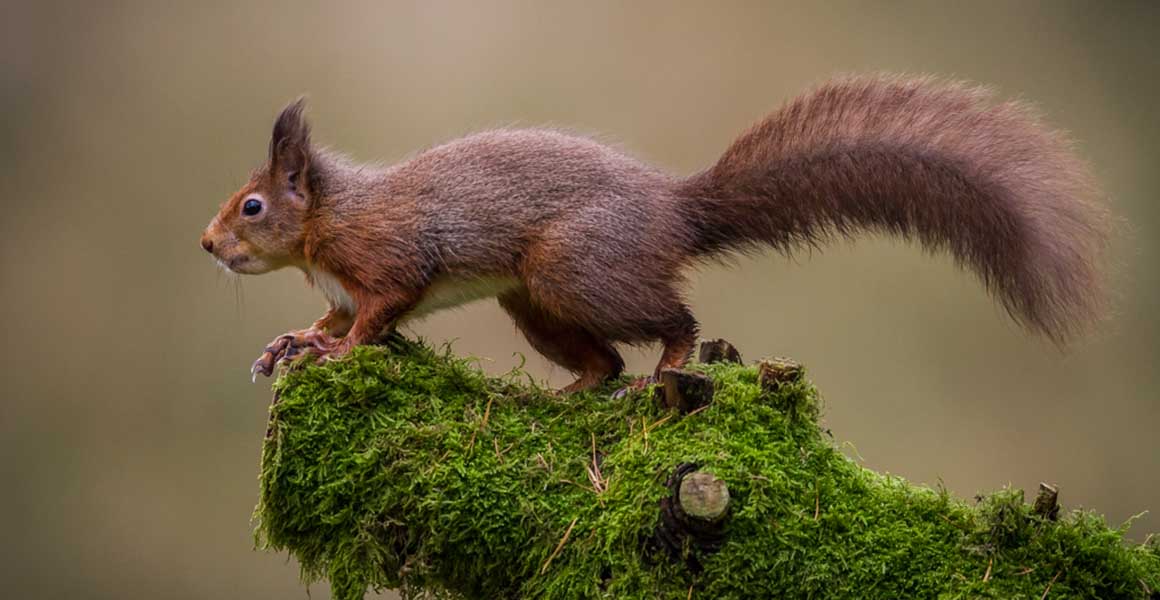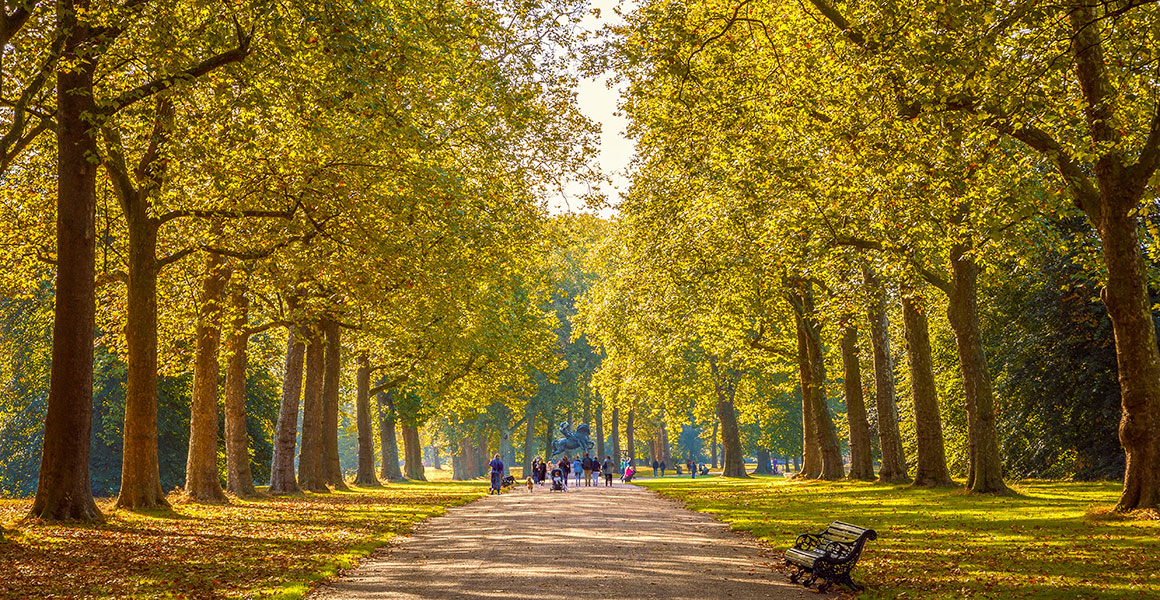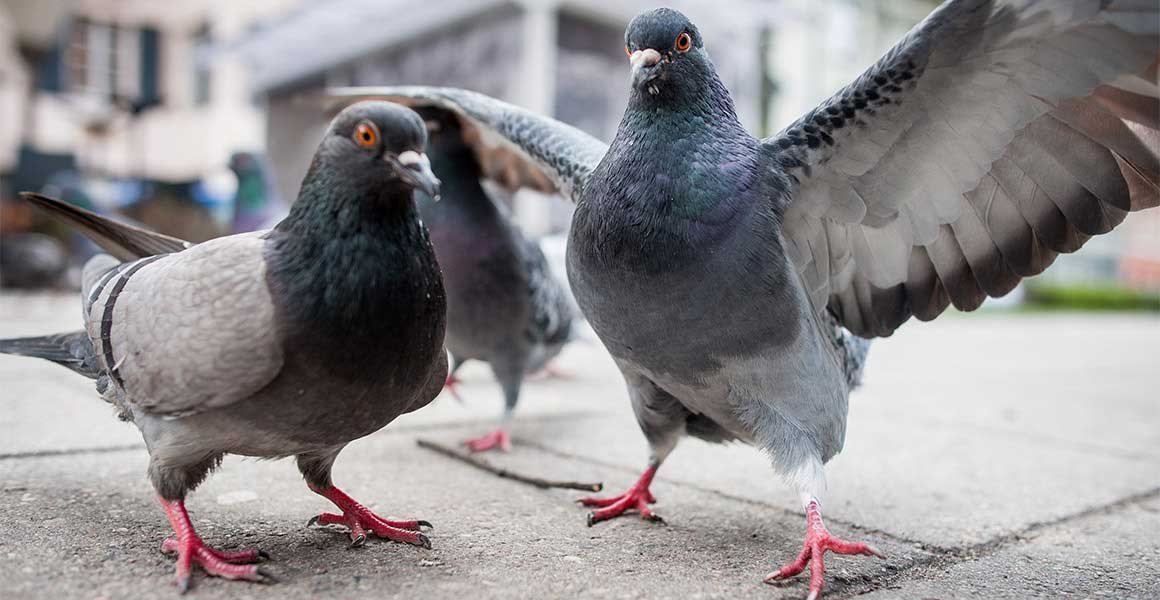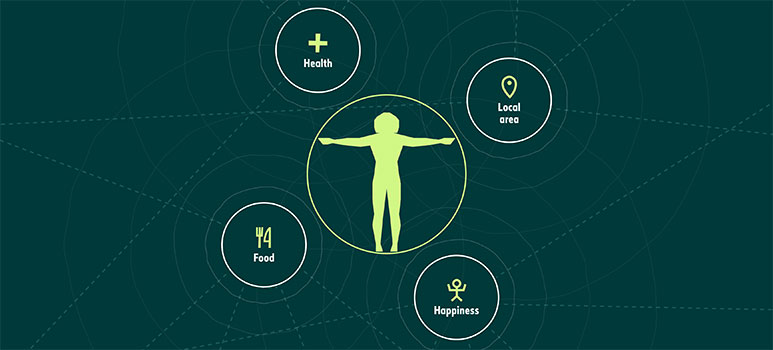Planet Earth
Biodiversity and Interdependence
I understand how animal and plant species depend on each other and how living things are adapted for survival. I can predict the impact of population growth and natural hazards on biodiversity. SCN 4-01a
- Describes how plants and animals depend on each other for food, shelter and pollination, using scientific vocabulary such as ‘population’, ‘community’ and ‘species’.
- Explains the possible effects of removal or addition of species on food webs and biodiversity.
- Summarises research findings to provide examples of structural, physiological and behavioural adaptations which lead to species survival.
I can use my knowledge of the interactions and energy flow between plants and animals in ecosystems, food chains and webs. I have contributed to the design or conservation of a wildlife area. SCN 2-02a
- Describes how energy flows between plants and animals in more complex food chains and webs and ecosystems, using vocabulary such as ‘producers’, ‘consumers’ and ‘herbivore’.
Topical Science
Having selected scientific themes of topical interest, I can critically analyse the issues, and use relevant information to develop an informed argument. SCN 4-20b
- Selects and analyses scientific content of topical interest from a range of sources, including the media.
- Identifies examples of bias in sources and justifies decisions in separating fact from opinion.
- Critically analyses a scientific issue and gives consideration to the ethical, moral, environmental, social or political implications of the scientific theme selected to develop an informed argument.
Technologies
Impact, contribution, and relationship of technologies
I can identify the costs and benefits of using technologies to reduce the impact of our activities on the environment and business. TCH 3-07a
- Demonstrates an understanding of the impact of technologies on the environment and business.
- Searches, edits and manipulates text and numbers using appropriate hardware and software.
Design and construct models/product
I can create solutions in 3D and 2D and can justify the construction/graphic methods and the design features. TCH 3-09a
- Uses aspects of the design process to reach a solution for a given brief
- Identifies relevant design factors in a design brief
- Applies knowledge of design factors and construction methods to justify a design solution
- Uses tools and equipment to manufacture models/products
- Applies safe working practices when creating a model/product
- Extracts dimensions from a drawing and transfer these onto materials to create a model/product
Social Studies
People, place and environment
I can identify the possible consequences of an environmental issue and make informed suggestions about ways to manage the impact. SOC 3-08a
- Provides a simple explanation of at least three consequences of an environmental issue, and for each suggest how they could be managed.
Third Level Scientific Skills
Inquiry and Investigative Skills:
Presents scientific findings:
- Communicates effectively in a range of ways, for example, orally and through scientific report writing
Scientific Analytical Thinking Skills:
- Applies scientific analytical thinking skills, with increasing independence, working with less familiar and more complex contexts.
- Applies understanding of an increasing range of science concepts to solve problems and provide solutions.
- Demonstrates further development of creative thinking including through the engineering processes of design, construction, testing and modification.
Skills and Attributes of Scientifically Literate Citizens:
- Demonstrates understanding of the impact of science on society and debates and discusses the moral and ethical implications of some scientific developments, demonstrating respect for the views of others.
- Expresses informed views about topical scientific issues, including those featured in the media, based on evidence and demonstrating understanding of underlying scientific concepts.
- Demonstrates increased awareness of creativity and inventiveness in science and the use of technologies in the development of sciences.
- Demonstrates understanding of the relevance of science to their future lives and the role of science in an increasing range of careers and occupations, including science, technology, engineering and mathematics (STEM) careers.
